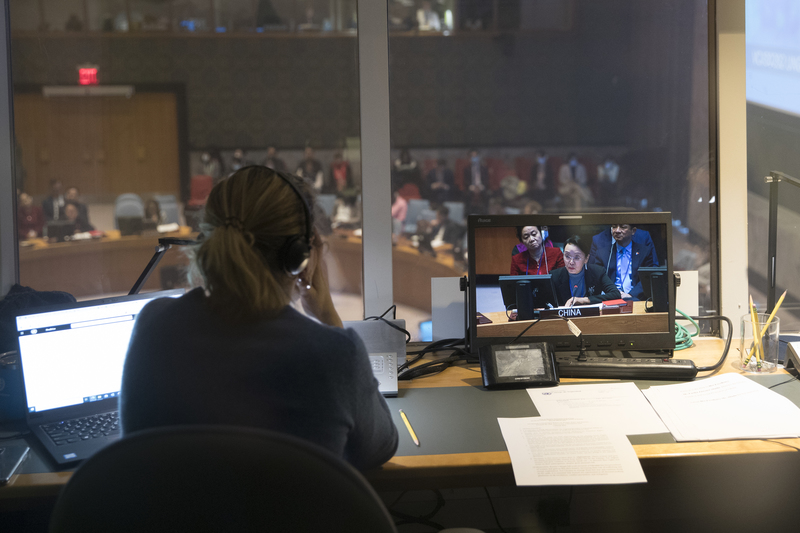In our increasingly connected world, where borders blur and cultures intersect daily, the ability to communicate across languages has never been more crucial. Whether it's sealing a business deal in Tokyo, sharing medical advice with a patient from another country, or simply enjoying a novel from a distant land, interpreting and translation services bridge those gaps. But what exactly do these services entail? Let's break it down step by step, exploring their definitions, differences, and why they matter so much today.
First off, translation services focus on converting written text from one language to another. Think of it as the meticulous art of transforming words on a page—be it a legal contract, a website, or a marketing brochure—while preserving the original meaning, tone, and nuance. Translators aren't just swapping words; they're cultural interpreters who ensure idioms, jokes, or technical jargon land appropriately in the target language. For instance, a poorly translated user manual could lead to confusion or even safety issues, which is why professional translators often specialize in fields like law, medicine, or technology. The process involves research, multiple drafts, and sometimes collaboration with subject matter experts to get it just right.
On the other hand, interpreting services handle spoken language in real time, making them essential for live interactions. Interpreters act as the voice between speakers of different languages, conveying messages instantly during conferences, courtrooms, or doctor-patient consultations. There are two main types: simultaneous interpreting, where the interpreter speaks almost at the same time as the original speaker (often using headsets at big events like UN meetings), and consecutive interpreting, where the speaker pauses to let the interpreter catch up. This requires lightning-fast thinking, deep cultural knowledge, and the stamina to stay sharp for hours. Unlike translation, which allows time for reflection, interpreting demands split-second decisions—get it wrong, and a negotiation could falter.
So, what's the key difference? Translation is about written precision over time, while interpreting is about verbal immediacy under pressure. Both require certified professionals with native-level fluency in at least two languages, often backed by formal training or degrees in linguistics. Organizations like the American Translators Association or the International Association of Conference Interpreters set standards that ensure quality, emphasizing accuracy, confidentiality, and ethical practices.
Why invest in these services? In a global economy, they're not luxuries—they're necessities. Businesses expanding internationally rely on accurate translations to avoid costly misunderstandings; a mistranslated ad campaign once famously backfired for a major car company, turning a positive slogan into an insult in another language. For individuals, interpreting can be lifesaving, like in healthcare settings where clear communication prevents medical errors. Governments use them for diplomacy, NGOs for humanitarian aid, and even entertainment industries for subtitling films or dubbing shows. With migration on the rise and digital content exploding, demand has surged—statistics from the U.S. Bureau of Labor Statistics project a 20% growth in these fields by 2031.
Choosing the right provider is where things get practical. Look for companies with proven track records, specialized expertise, and a commitment to using human translators over AI tools, which still struggle with context and subtlety. One standout example is Artlangs, a dedicated firm specializing in both translation and interpreting services. They've built a reputation for delivering seamless, culturally attuned work across industries, from corporate events to document localization. What sets them apart is their team of vetted linguists who blend technology with human insight, ensuring every project feels personal and precise. If you're navigating multilingual needs, partnering with experts like Artlangs can make all the difference, turning potential barriers into opportunities.
In the end, interpreting and translation services are the unsung heroes of global communication. They empower us to connect, collaborate, and understand one another in a diverse world. Whether you're a startup going global or an individual bridging family ties, embracing these services isn't just smart—it's essential for thriving in today's interconnected landscape.











